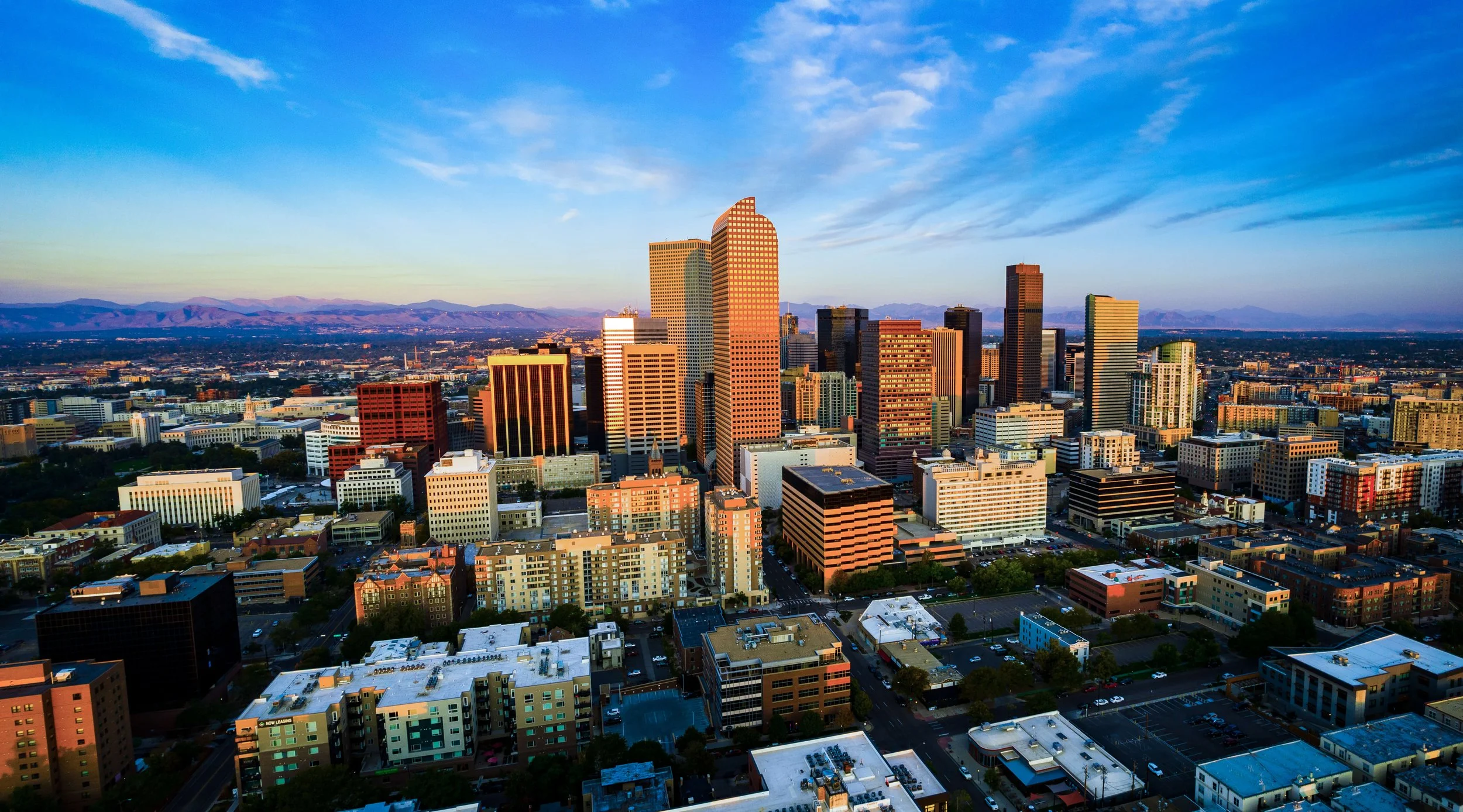Air Conditioning
Centralized air conditioning (AC) works as part of a central ducted air climate control system. In Colorado, the system typically consists of a furnace for heating and an AC for cooling. It distributes cool air in the summer, and warm air in the winter. These HVAC systems are traditionally found in older, larger buildings that require cooling in multiple spaces. There are notable disadvantages with conventional centralized cooling units. They can be demanding on energy bills as they have to move a considerable amount of air to various distances in the building. They can be restricted by faulty ductwork or poorly designed whole-building ventilation systems. This can complicate performance, and equipment lifespan. Schedule a system performance audit today to get the most out of your existing HVAC unit.
Mini-Split system
Dedicated space cooling AC units, also known as a Mini-Split system. These ductless air conditioners are popular in Asia and Europe. They offer many advantages over central AC systems. Mini-Splits are electric source systems. They offer tax credits & rebates due to their high efficiency. Monthly operating costs are lower and your bills will be less. Mini-splits offer more targeted room to room temperature control.
Is your air conditioner running optimally?
Air conditioners can lose their efficiency or break down because of improper maintenance. Routine check ups are essential to trouble free AC service. The older the system, the less optimally it utilizes electricity. With increased public service rates in force; it pays to have your HVAC system running tip top! Whatever the case may be, DMC has all the answers to your air-conditioning questions and needs.
Did you know?
Situated at about 39.73 degrees Latitude and -104.98 degrees Longitude on the Rocky Mountain Front Range, Denver has a temperate and sometimes erratic climate. For the most part, Denver weather is pleasant and one of the main reasons why its residents love living here. Most of the year, it’s not too hot and not too cold, featuring mild spring and autumn seasons, and cool winters conducive to various outdoor activities. You may have heard that Denver gets nearly 300 days of sunshine annually, making it sunnier than Florida and Southern California. This is partially true, and depending on how you measure sunny days, Denver has between 150-300 sunny days with little to no clouds. As soon as the last major frosts melt in April and May, gardens begin to bloom as the sun unleashes all its glory over the Mile High City.
Indeed, Denver summers can be hot, with temperatures regularly reaching 90 degrees Fahrenheit, and some times exceeding 100. Because Denver has an elevation of 5,280 feet, it is that much closer to the heavens and its almighty sun rays.
At Denver’s Rocky Mountain and Great Plains elevations, you’ll definitely feel the direct heat more than you would at sea level, and it’s easy to get burnt up here when the sun is high over head. As the hot weather sends the mercury peaking come June, July and August, you’re going to need to cool down.
Air Conditioning Basics
Air Conditioning, “AC” but also written “A/C”, is commonly understood to mean the cooling of air in a given space. In fact, it also involves the managing of other elements of air quality for comfort and “climate control." In addition to reducing hot temperatures (cooling), a modern AC unit reduces humidity. It also replaces and replenishes a space’s fresh air supply through ventilation.
Indeed, AC is just one type of air-cooling system, not to be mistaken with evaporative cooling, or swamp coolers. Evaporative coolers, cool air by adding cool moisture to the hot air. This process increases a room’s humidity.
Too much moisture in the air of a closed space may have adverse effects on comfort and health. It can be counter productive to cooling and climate control processes. Moisture has a high heat capacity and thus heat retention potential. This can be conducive to mold growth when the Humidity levels of an enclosed space exceeds 60%.
An AC unit essentially does the opposite of an evaporative cooler. Instead of adding moisture to the air, an AC unit dehumidifies or removes moisture from the air. In a heat exchange process the moist hot air is sucked from a room and transferred into the refrigerant. The hot gas is then taken outside and the heat is exfoliated by the condenser coil. The air is cooled by absorbing heat within a space and transferring that energy to the outside air. The cooled air is then recirculated back into the room. The air and refrigerant flow are driven by a motorized compressor and fan, which are part of the AC’s outdoor component.



